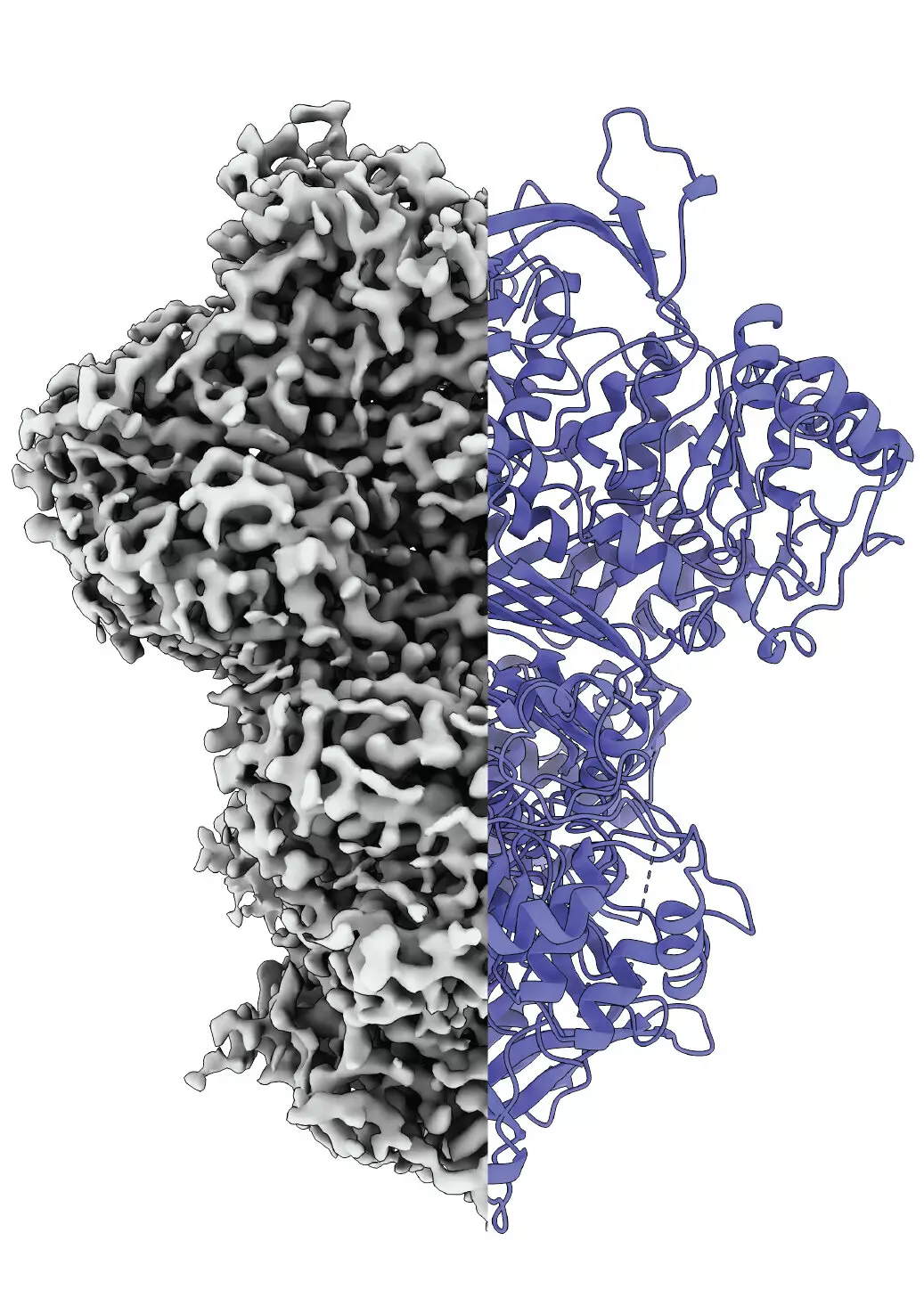Proteins are the fundamental building blocks of life, orchestrating countless biological processes that sustain organisms. Among these, the protein myo-inositol-1-phosphate synthase (MIPS) has garnered interest due to its significance in synthesizing inositol, commonly referred to as vitamin B8. Recent research from Martin Luther University Halle-Wittenberg (MLU) in collaboration with the National Hellenic Research Center in Greece has made groundbreaking strides in understanding how MIPS restructures when activated, revealing the dynamic nature of protein behavior that has implications for understanding various metabolic pathways.
What makes this research particularly intriguing is the general principle within protein biochemistry: the structure of a protein is crucial to its function. Any disruption in this structure can lead to impaired functionality, which may result in significant health issues. However, many proteins, including MIPS, are characterized by their disordered structures, complicating their study and offering a glimpse into the complexity of biological systems.
One of the fundamental challenges in protein research arises from the conventional methods of isolating proteins before conducting structural studies. This separation often results in conditions that do not accurately mimic the protein’s natural environment. Professor Panagiotis Kastritis and his team at MLU have tackled this issue by developing a novel method to study proteins in conditions that closely resemble their physiological context. This innovative approach allows scientists to observe proteins as they function within their biological milieu, providing insights that were previously unattainable.
The focus of their investigation, MIPS, was derived from the thermophilic fungus Thermochaetoides thermophila, which serves as an excellent model organism due to its unique biological properties. The researchers employed cryo-electron microscopy, an advanced imaging technique, to capture MIPS in action and discern its diverse structural states.
The findings revealed that MIPS exists in at least three distinct states: a disordered state, an ordered state, and a third intermediate state that remains somewhat enigmatic. This intermediate state raises significant questions about its role in the protein’s functionality. Professor Kastritis speculated that this state might facilitate water absorption, possibly aiding subsequent biochemical reactions. However, the precise purpose and implications of this third state remain to be clarified.
The exploration of MIPS’s behavior led the researchers to investigate homologous proteins within the isomerase family, of which MIPS is a member. By analyzing over 340 related enzymes, they found evidence suggesting that similar structural dynamics might be present across this class of proteins. This finding not only underscores the potential for widespread implications in biochemistry but also suggests that understanding these structural adaptations might have broader applications in fields such as drug development or metabolic therapy.
The implications of this research extend beyond basic science. A deeper understanding of metabolic pathways and the proteins involved therein could unlock new therapeutic strategies for various diseases linked to metabolic dysfunctions. For instance, conditions that arise from inositol synthesis abnormalities could potentially benefit from insights garnered through MIPS research.
The collaborative efforts of the research teams from MLU and Greece symbolize a significant step forward in protein research, highlighting the necessity of innovative techniques to unravel the complexities of protein behavior. As scientists continue to investigate the functional dynamics of proteins like MIPS, the foundational knowledge gained may pave the way for advancements in medical science, impacting health and wellness on a global scale.
The observance of MIPS’s structural transitions and the identification of its various active states not only enrich our understanding of protein biology but also beckon future inquiries. The research emphasizes the importance of context in studying biomolecular functions, potentially heralding new approaches to treat diseases rooted in protein dysfunction. As the field progresses, one can anticipate exciting developments that could fundamentally alter the landscape of bioscience and therapeutic interventions.


Leave a Reply